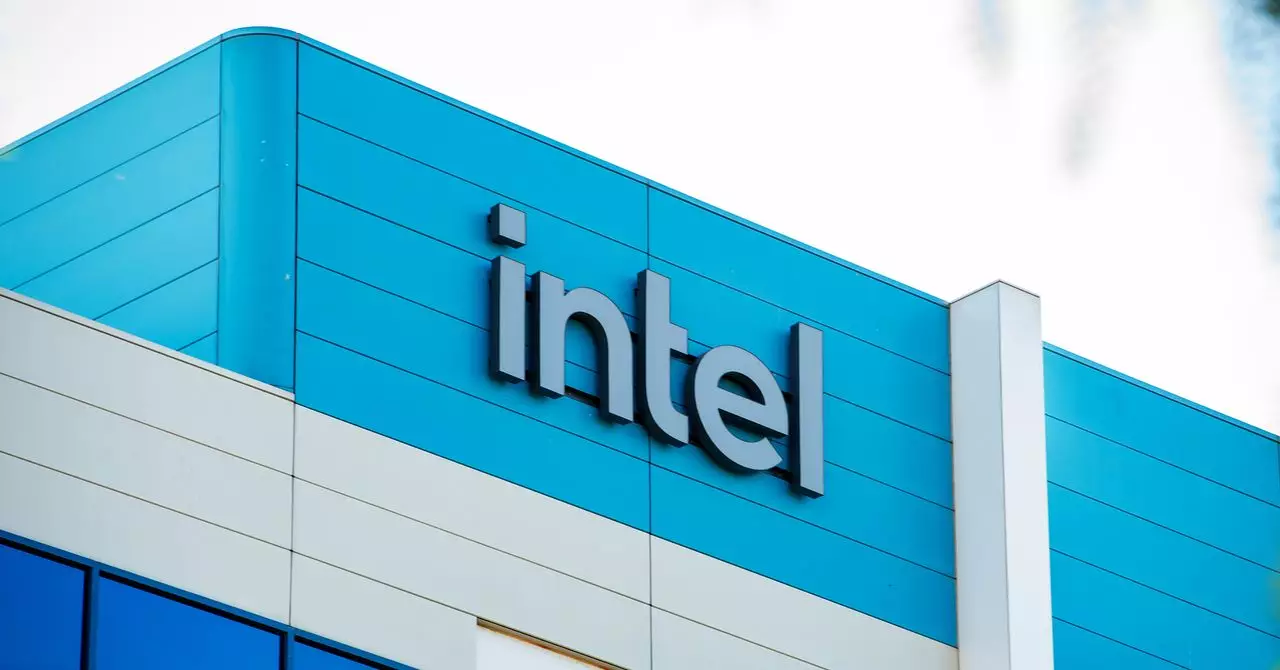Recently, Silicon Valley experienced a wave of relief as President Donald Trump announced that semiconductors would initially be exempt from his proposed tariffs. This announcement, however, was met with skepticism just days later as technology companies began to grapple with the fine print of these exemptions. The expectation was relief for the semiconductor industry, but the reality appears to be a complex maze of exceptions that may inadvertently create more obstacles. The initial cheer from the tech sector seemed premature, as companies realized that the fine-tuned tariff exemption narrowly defined what constitutes “semiconductors,” leaving many crucial components at risk of price increases due to elevated import duties.
The Complexity of Tariff Classification
Compounding the issue is the intricate nature of the Harmonized Tariff Schedule (HTS) that the Trump administration used to craft these exemptions. This system categorizes a multitude of goods, but its complexity means that many semiconductors and their associated products are still subject to tariffs. As a result, tech companies may find themselves caught in a web of bureaucracy where necessary components for chip manufacturing—packaged in systems such as graphic processing units (GPUs) and advanced AI servers—do not qualify for relief. This might lead to significant inflation of production costs, impacting overall market competitiveness and innovation in the tech sector.
A Distorted Economic Landscape
Stacy Rasgon, a senior analyst at Bernstein Research, drew attention to the broader economic implications of these tariffs, describing an overall import duty rate that could effectively place a 40 percent burden on numerous consumer products imbued with semiconductor technology. For companies engaged in the global market, this increased cost could diminish their ability to compete with foreign manufacturers, presenting an array of challenges; from pricing strategies to supply chain logistics. The interconnectedness of the semiconductor industry with numerous consumer goods amplifies the potential fallout, as increased tariffs squeeze not only manufacturers but also the end consumers who depend on such products.
Investment Dilemmas for Chip Producers
Major industry players are currently weighing their investment strategies against this uncertain backdrop. Martin Chorzempa of the Peterson Institute for International Economics has indicated that hefty investments into American manufacturing could yield less in terms of competitive advantage than anticipated. Should domestic companies find themselves continuously navigating a fluctuating tariff environment, the long-term strategy to boost U.S. semiconductor production may falter, creating a vacuum that foreign competitors may swiftly occupy. The struggle to maintain pricing competitiveness against a backdrop of tariffs suggests that these narrow exemptions might ironically stifle the very innovation they sought to protect.
The Blurred Lines of Tariff Application
One of the most troubling aspects of the tariff exemptions is the ambiguity surrounding tariff classifications. As described by Nancy Wei from Eurasia Group, not only are certain GPU models excluded from the exemption, but the lines separating classifications can often blur. This unclear categorization can result in unpredictable consequences for importers, as they may face unanticipated tariffs that can disrupt their operations. The peril these companies encounter is further illustrated by past experiences where even simple models of GPU had to undergo scrutiny to determine their tariff applicability, prolonging import timelines and engendering additional costs.
Implications for Innovation and the Future
Ultimately, the tech industry’s response to these tariffs and exemptions may determine its direction in a global landscape increasingly influenced by protectionist policies. While the initial solace provided by tariff exemptions was celebrated, the ramifications suggest a looming crisis whereby U.S. tech firms may find their competitive edge diminished not just at home, but globally. Innovation, a cornerstone of progress in Silicon Valley, could become stifled as companies reassess their operational strategies while attempting to navigate a complicated tariff landscape riddled with exclusions that disproportionately affect critical components. Without careful consideration and reevaluation, the proclamation of a tariff exemption may just be the tip of an iceberg that threatens to sink the ongoing technological advancements championed by the U.S. economy.

